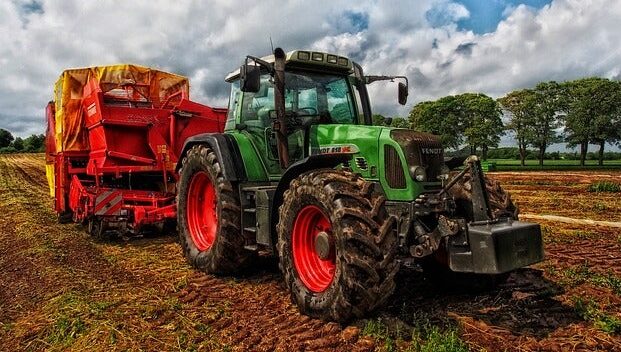Drought watch continues for Prince Edward, surrounding counties
Published 2:01 am Friday, July 5, 2024
|
Getting your Trinity Audio player ready...
|
Even after Thursday’s round of several storms, Buckingham, Cumberland and Prince Edward counties, along with the surrounding counties, remain in a moderate drought. The Virginia Department of Environmental Quality issued a drought watch on Monday, July 1, highlighting the “abnormally dry” weather and lack of rain in at least the short-term forecast through July 7.
All total, 12 Virginia counties were placed under a drought warning, with another 95 in a drought watch.
“While recent rainfall has helped in some areas, it has not alleviated conditions for farmers in many areas across the Commonwealth,” DEQ officials said in a statement.
What is a drought watch?
Trending
First of all, let’s explain what a drought watch is. This is similar to storm forecasting, in that yes, the counties are experiencing moderate drought conditions, but there is the potential for stronger problems. As in, if we don’t see rain soon, there could be a serious drought in Central and Southside Virginia.
The Virginia drought declaration is different from a United States Department of Agriculture (USDA) disaster designation. As conditions warrant, the USDA may issue a natural disaster designation for primary and secondary localities. A drought or severe drought designation is initiated by local USDA Farm Service Agency (FSA) offices and approved by the U.S. Secretary of Agriculture.
This type of designation enables farmers in the primary affected counties to be eligible for certain assistance from FSA. Farmers in the counties and cities that are contiguous to the primary drought declaration counties are also eligible to apply for the same drought emergency assistance.
This assistance includes FSA emergency loans. Provided eligibility requirements are met, the FSA will assess each emergency loan application individually and will consider specific circumstances and needs. Farmers in eligible localities have eight months from the date of the disaster declaration to apply for emergency loans.
Causing problems for farmers
A few scattered showers are not enough to quench parched fields that are affecting growing and grazing throughout Virginia. And it’s not getting better, at least not immediately. The forecast for next week only shows a 35-45% chance of rain each day between Tuesday and Friday.
Soybean and corn grower Lynwood Broaddus also has memories of extreme drought. With soybeans damaged by dry conditions, his father harvested about 40 acres of the plants and fed them to the cattle.
Trending
“This drought is nothing in comparison, but it still hurts,” he said. “Especially looking at the corn, which is reaching a crucial time.”
Some corn is tasseling and trying to silk too early, noted Broaddus, who serves the Southside region on the Virginia Farm Bureau Federation Soybean & Feed Grains Advisory Committee.
With at least $500 invested in every acre of corn, watching it dry up can be immensely stressful and disruptive to a farmer’s mental health, Broaddus said.
“If we can get a rain on our corn in the next couple days, we can definitely get half a crop,” he continued. “The farmers who have significant irrigation are pumping water like crazy right now.”
Soybeans, Virginia’s top agricultural export, are “holding,” he said. But they need rain soon too. Otherwise, pods will drop in prolonged drought.
The farmers said a week of intermittent rainy weather could be the jumpstart that pasture and crops need.
State officials weigh in
“I have seen the effects of drought on our Commonwealth and the impacts it has on our agricultural producers firsthand. This marks the second consecutive year that we’ve experienced drought conditions across much of Virginia with over 60 localities in Virginia receiving a USDA disaster designation last year,” said Governor Glenn Youngkin. “While we look forward to future rainfall, I want our farmers to know that Virginia stands with them. There are government resources available to assist farmers if we do not receive significant rainfall to help the Commonwealth’s crops.”
In addition to the USDA disaster designation, the federal agency has a variety of other programs to assist farmers who may suffer from natural disasters. USDA’s Risk Management Agency works closely with approved insurance providers, who sell and service crop insurance that can provide aid in loss adjustment and prompt claims payments.
One thing that Virginia officials caution is to avoid setting off your own fireworks for the fourth, as a result of the drought.
“Droughts can severely impact agriculture by reducing crop and forage yields, and lead to additional cost for feed, watering, and destocking livestock. Droughts also increase mortality and reduce growth in our forest and increase the risks of forest fires,” said Secretary of Agriculture and Forestry Matthew Lohr. “We can all take steps to help our farmers by conserving water and buying local. We can also help protect our forests by adhering to burn bans, putting out campfires, and taking precautions when using fireworks.”






